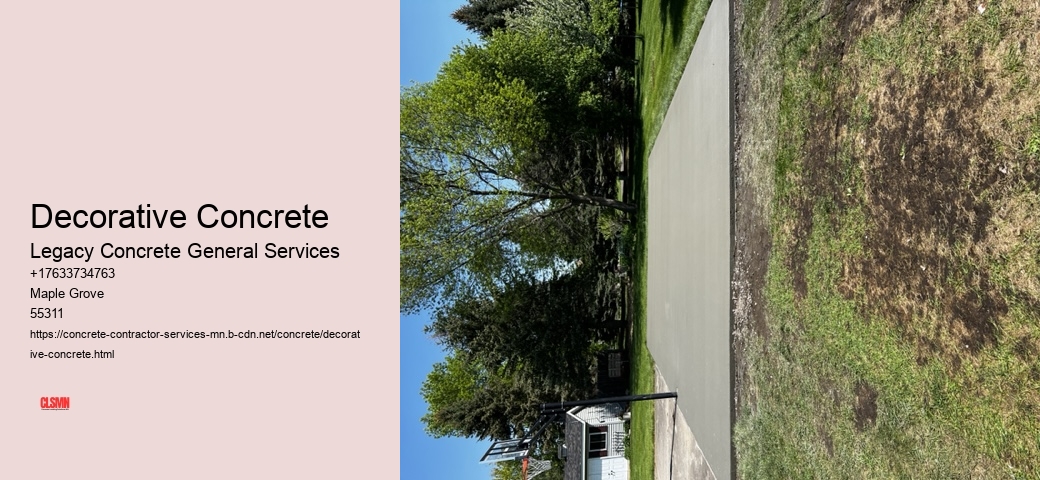Decorative concrete, a versatile and creative medium, has revolutionized the world of design and architecture. Once considered solely a functional material used for its durability and strength, concrete has evolved into an artistic medium that combines practicality with aesthetic appeal. Laminate Today, decorative concrete is a popular choice in both residential and commercial spaces, offering endless possibilities for customization and style.
At its core, decorative concrete refers to the process of enhancing the appearance of standard concrete through various techniques and finishes. These methods include stamping, staining, polishing, engraving, and coloring to create unique patterns, textures, and designs. What makes decorative concrete so appealing is its ability to mimic high-end materials like stone, brick, tile, or even wood while maintaining the affordability and resilience of traditional concrete. This transformative quality allows homeowners, designers, and architects to achieve stunning results without compromising on functionality.
One of the most sought-after applications of decorative concrete is stamped concrete. By using special molds or stamps during the curing process, contractors can imprint intricate patterns onto freshly poured concrete surfaces. Stamped concrete often replicates natural materials like cobblestone or slate but at a fraction of the cost. This technique is particularly popular for outdoor areas such as patios, driveways, walkways, or pool decks because it offers both visual appeal and long-lasting durability.
Another popular approach is stained or colored concrete. Through acid-based stains or water-based dyes, contractors can infuse plain gray slabs with rich hues ranging from earth tones to vibrant colors.
Decorative Concrete - Concrete Pavers
- Climate
- Ready Mix Concrete
- Patio
- Cement
Polished concrete is yet another standout option within this field. By grinding down a surface until it becomes smooth and shiny like polished stone or glass-like material-often combined with sealants-polished floors are not only visually striking but also incredibly durable and low maintenance.
Decorative Concrete - Acid
- Decorative
- Texture
- Decorative Concrete
- Basement
Engraving is another artistic method that elevates basic designs by carving patterns directly into hardened surfaces-for example: logos etched across entryway floors-or geometric shapes running along countertops edges!
Its sustainable nature adds value beyond aesthetics since Concrete Material remains eco-friendly due being reusable
